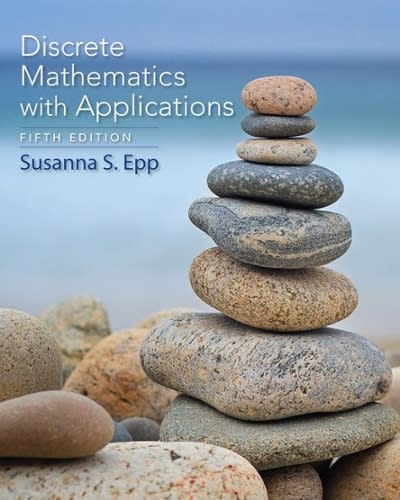


There are various sources of ickering lights in our environment: for Instance, light from computer screens and uorescent bulbs. Whether or not the human eye can detect the id-ter depends on its frequency. A 19?3 study ("The effect of iris color on critical icker frequency." Journal of General Psychology [19131.91- 95} obtained data from a random sample of 19 subjects and recorded eye color and Critical Flicker Frequency {CFF}. a numerical measure of threshold sensitivity to ickering light. Do the data suggest that threshold sensitivity to ickering light is related to eve color? I . What are the correct null and alternative hypotheses? {In this problem. p3. - mean threshold sensitivity for blue eyes. to; - mean threshold sensitivity for green eves. and us, I mean threshold sensitivity [or brown eyes] Honin- uo-roS-Hawei'no-ua. Ho: Ho: - HG - Her vs. H3: at least one mean is dierent Ho' l-lsl - hr in: vs Ha: Ma'uoruo Ho: Ho: - HG - um vs. Ha: all of the means are different 2. Is the randomness condition met for this test? 0 Yes. because each eve-color group was re ndomlv assigned a treatment. O No. because a random sample was not tainen. O No. because there was not random allocation of treatments. 0 Yes. because a random sample was taken. 3. Is the normality condition met for this test? Below are boxplots of the data: CFF 30 20 . 24 Blue Brown Green Eye Color O No, because the sample sizes were not big enough to apply the Central Limit Theorem Yes, because the boxplots show no outliers No, because at least one of the boxplots show some outliers Yes, because each of the populations are known to be normally distributed4. Is the equal population standard deviation condition met for this test? Below are the sample standard deviations for each group: Blue StDev: 1.53 Green StDev: 1.37 Brown StDev: 1.84 0 Yes. because {largest standard deviation! it (smallest standard deviation) It less than 2. O ties. because the largest standard deviation is less than 2. O No. because the largest standard devlation is greater than 2. O No. because (largest standard deviation] 1' (smallest standard deviation) is greater than 2 5. Assume all the conditions of this test have been met. If the p-value Is .010. what can we conclude at Cl I 0.05? O Fail to reject the null hypothesis and conclude that at least one mean differs from the other means. 0 Fail to reject the null hypothesis and conclude that there is insufcient evidence to say that the means are not all equal. 0 Reject the null hypothesis and conclude that there is insufcient evidence to say that the means are not all equal. 0 Reject the null hypothesis and conclude that at least one mean differs from the other means. 6. Suppose a study was being done in which 3 sample means were being compared. Below are confidence intervals of the data from this study. Based on these confidence intervals, would you believe that the samples have been taken from three groups that have the same population means? Why or Why not? Individual 96%% Confidence Intervals for Mean Main SIDer Group 1 35 4.597 Group 2 30 5.392 Group 3 25 3.931 15 20 25 30 35 40 O Yes, because all of the confidence intervals overlap with each other O No, because one or more of the confidence intervals do not overlap with any of the others O Yes, because there is no overlapping between confidence intervals O No, because the mean for sample 2 is obviously lower than the means of the other samples













